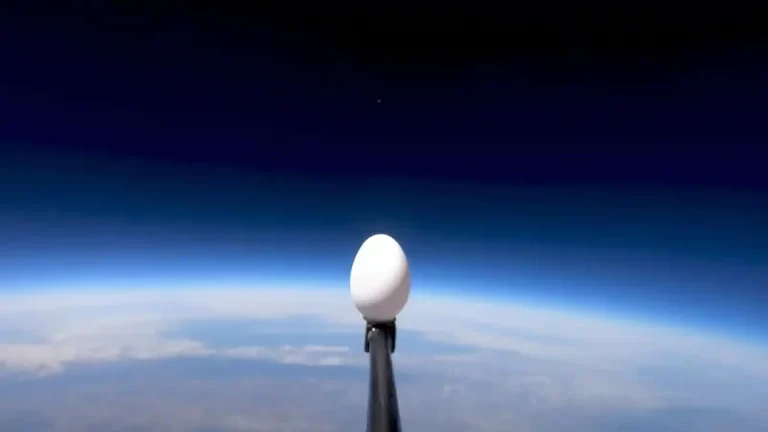Not only is it Halloween on Earth, but also in space. NASA’s Hubble Space Telescope captured some spooky elysian images that appear to be a regard inside a witch’s pot or a vast space spider web In verity, it’s an geriatric big red star named CW Leonis that’s bedded among the star’s candyfloss cobwebs of dust. At a range of 400 light- times from Earth, it’s the nearest carbon star The star appears to be boxed in fuzzy orange spider webs that swirl around it. The orange-red”cobwebs”are devouring fine shadows of sooty carbon. They were formed when the external walls of CW Leonis were ejected into the pitch-black vacuum.
Carbon was generated as a derivate of nuclear emulsion in the star’s core. Carbon ejected into space serves as a precursor to the development of implicit stars, globes, and perhaps indeed life This allows scientists to study the star’s commerce with its chaotic envelope. Violent glamorous fields may form shells and bends within a star. Detailed Hubble views of CW Leonis throughout the last two decades show ejected debris expanding around the star.
From an astronomical perspective, 15 times is a veritably small timeframe in which it changed its brilliance. CW Leonis is shrouded in dust, but astronomers believe that openings in the dust allow photons to pass through and punctuate the star. The source of the drastic oscillations in their refulgence is yet unknown CW Leonis is orange-sanguine because of its low face temperature of °F. The star’s green-tinted light shafts shine at unnoticeablemid-infrared wavelengths. In the lack of natural colour, herbage was added to the infrared picture for colour discrepancy analysis.
Across the macrocosm, stars are dying; Why are not we seeing them?
.
It was on July 4, 1054 that Chinese and Japanese astronomers observed a new, opalescent unheroic point of light in the constellation Taurus, light times down. This” guest star,” said to be as bright as the moon, failed to vanish with the rising sun for nearly a month, shining both night and day. But the 1054 winner is one of just five verified in literal records, the last being nearly 400 times agone Smashes are more likely to do in the Milky Way. The world is shaped like two cooked eggs placed thralldom- side up, with a flat slice in the centre and a globular bulge. Stars, especially massive red titans on the verge of bursting, should be more prone to smashes near the core. Before computations showed a star dies in the bulge or slice every several decades.
Only one in every five smashes is violent enough to burn through the fine robe and light for 90 days, therefore such an event occurs formerly per century or two, according to literal records The performing result was a simple chart showing where the brightest smashes are most likely to do. Scientists have linked 300 similar cases clustered in the galactic slice and specially towards the Milky Way’s core The experimenters can not make statistical assertions grounded on a small sample size. Some of these ideas may be challenged by the unusual locales of once smashes A spectacular and enduring winner may be rare, but astronomers and the internet will help us find a swoon fleck. Fields suppose that 50 of all smashes are visible if you know where to look. And one might arrive any day soon.





